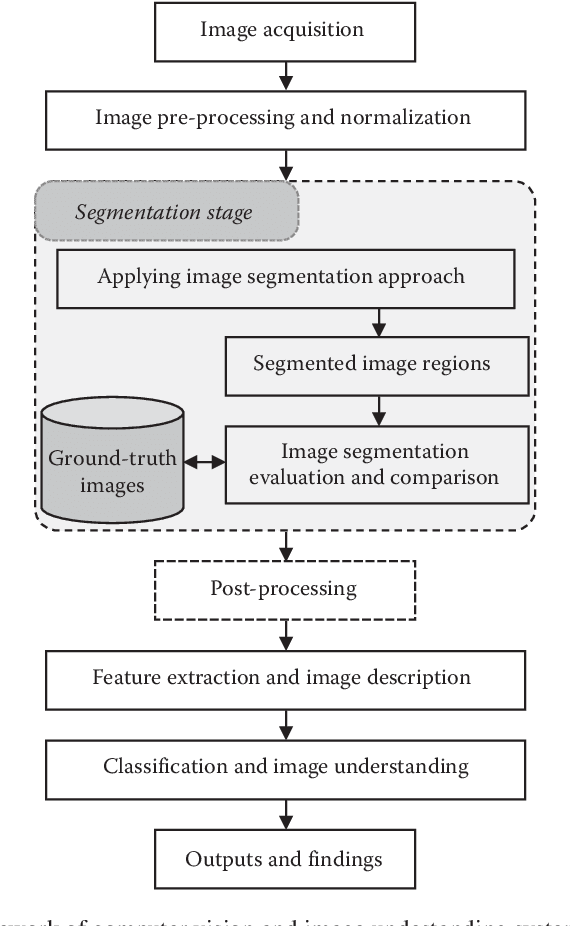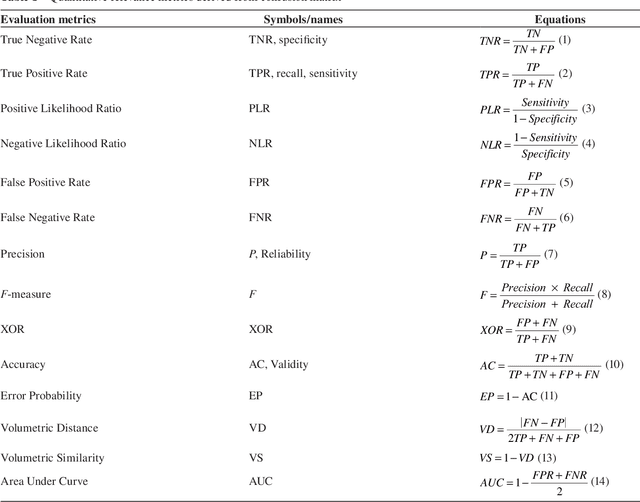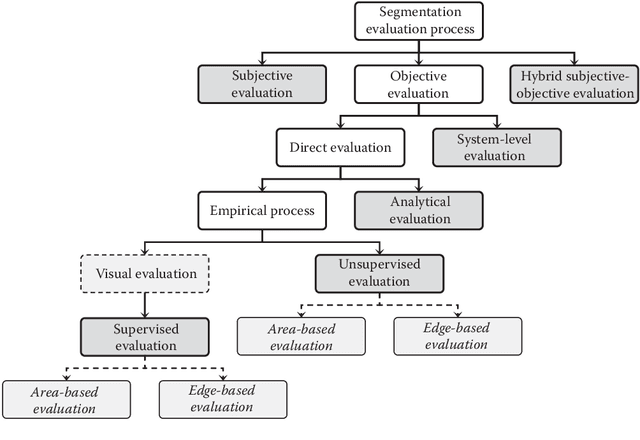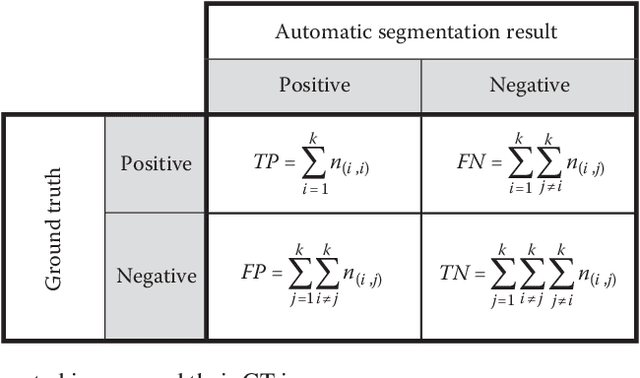Majid Harouni
Smile and Laugh Expressions Detection Based on Local Minimum Key Points
Jan 06, 2021Abstract:In this paper, a smile and laugh facial expression is presented based on dimension reduction and description process of the key points. The paper has two main objectives; the first is to extract the local critical points in terms of their apparent features, and the second is to reduce the system's dependence on training inputs. To achieve these objectives, three different scenarios on extracting the features are proposed. First of all, the discrete parts of a face are detected by local binary pattern method that is used to extract a set of global feature vectors for texture classification considering various regions of an input-image face. Then, in the first scenario and with respect to the correlation changes of adjacent pixels on the texture of a mouth area, a set of local key points are extracted using the Harris corner detector. In the second scenario, the dimension reduction of the extracted points of first scenario provided by principal component analysis algorithm leading to reduction in computational costs and overall complexity without loss of performance and flexibility, etc.
Color Image Segmentation Metrics
Oct 19, 2020



Abstract:An automatic image segmentation procedure is an inevitable part of many image analyses and computer vision which deeply affect the rest of the system; therefore, a set of interactive segmentation evaluation methods can substantially simplify the system development process. This entry presents the state of the art of quantitative evaluation metrics for color image segmentation methods by performing an analytical and comparative review of the measures. The decision-making process in selecting a suitable evaluation metric is still very serious because each metric tends to favor a different segmentation method for each benchmark dataset. Furthermore, a conceptual comparison of these metrics is provided at a high level of abstraction and is discussed for understanding the quantitative changes in different image segmentation results.
Cursive Multilingual Characters Recognition Based on Hard Geometric Features
Apr 07, 2019



Abstract:The cursive nature of multilingual characters segmentation and recognition of Arabic, Persian, Urdu languages have attracted researchers from academia and industry. However, despite several decades of research, still multilingual characters classification accuracy is not up to the mark. This paper presents an automated approach for multilingual characters segmentation and recognition. The proposed methodology explores character based on their geometric features. However, due to uncertainty and without dictionary support few characters are over-divided. To expand the productivity of the proposed methodology a BPN is prepared with countless division focuses for cursive multilingual characters. Prepared BPN separates off base portioned indicates effectively with rapid upgrade character acknowledgment precision. For reasonable examination, only benchmark dataset is utilized.
 Add to Chrome
Add to Chrome Add to Firefox
Add to Firefox Add to Edge
Add to Edge